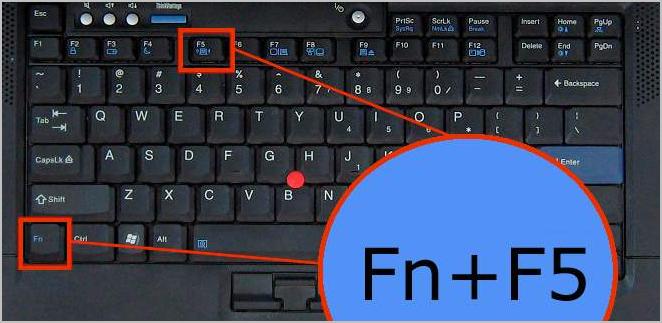

Uncheck the Allow the computer to turn off this device to save power. In the Wi-Fi properties, click the Configure button. Type Network and Sharing Center.Ĭlick the name of your Wi-Fi network and choose the Properties button. Press the Windows Key + w to open the Settings search box.


If your connection issues mostly occur after you have not used your computer for several minutes, prevent the network adaptor from going into sleep mode: Prevent network adaptor from going into sleep mode and disable USB selective suspend setting Doing so will reset your Wi-Fi adapter and establish a new connection. Then, connect the computer to the modem/router again. Please switch the computer and the modem/router OFF, then after a few seconds turn it ON and wait until it is completely boot up. Prevent network adaptor from going into sleep mode and disable USB selective suspend setting.In order to quickly resolve network and Internet issues, here are a few recommendations to follow. As a result, the computer may face network and Internet connection issues. If not, then you probably have a hardware problem and you should inspect the wireless module.In recent years, the number of home networks has been drastically increasing, especially in cities. Hopefully, one of our solutions has worked for you. Just make sure you read the instructions that came with your motherboard and backup your data.Īlternatively, you can also try resetting BIOS to its default settings.Īs mentioned at the start of the article, a lot of things can make your WiFi go haywire. Updating BIOS used to be something most people avoided at all costs, but nowadays with modern motherboards, it’s quite easy to do. If you tried every single troubleshoot wifi step above, you should try this solution. If your problem is caused by a household device, the solution is to move the router away from it. If they match the same frequency used by your router, you should try turning them off. Check the frequency specifications of your microwave oven, phone, speakers, and other electronic devices. You can’t find the WiFi icon and if you dig deeper into your network settings you won’t find a wireless section.Ĭertain devices can interfere with the WiFi signal. If BitDefender, Avast, AVG, or a similar antivirus is indeed the culprit, uninstall it. So if you’ve been struggling with trying to figure this out, try disabling your antivirus. Most users report that third-party antivirus software can block WiFi. Take note that Windows Defender, the antivirus that comes with Windows 10, shouldn’t cause any problems with your wireless connection. Having antivirus software is important, but it can sometimes cause a conflict that leads to a limited internet connection message. If it doesn’t, continue to troubleshoot wifi using our tips below. Restart your computer and check if your wireless connection works now. Next, type the following commands separately by pressing the Enter key after each one:


 0 kommentar(er)
0 kommentar(er)
